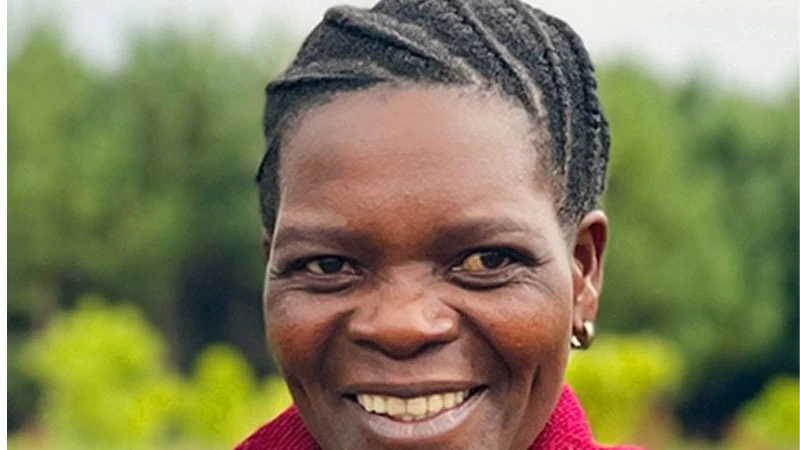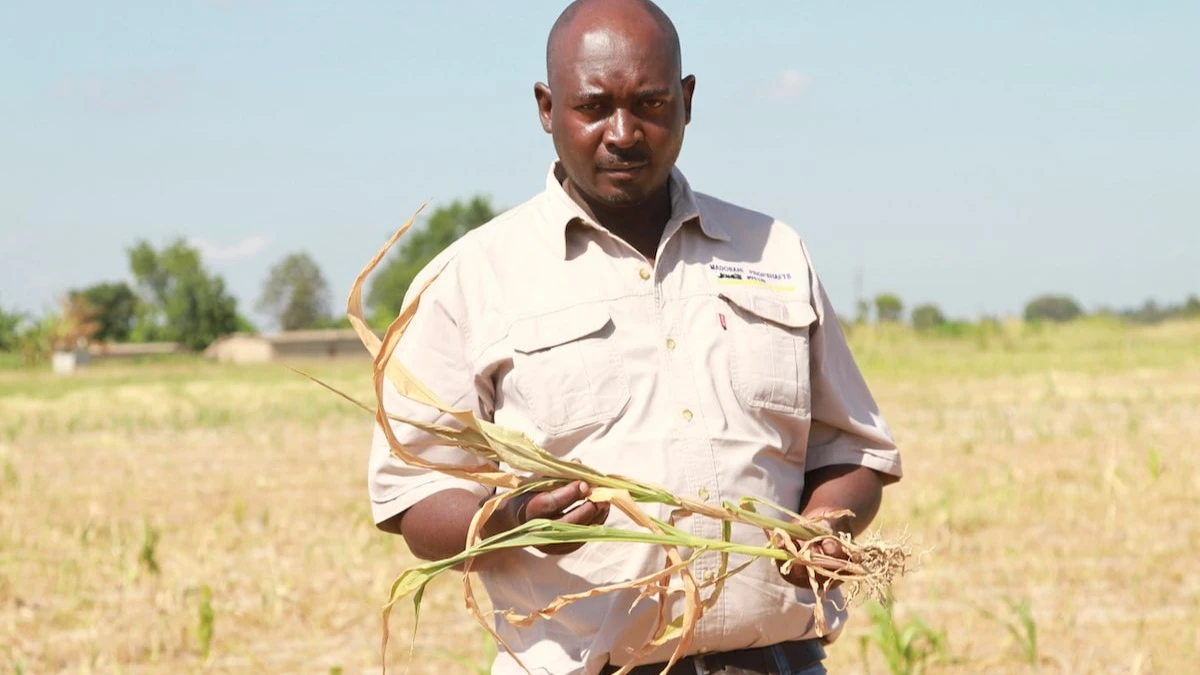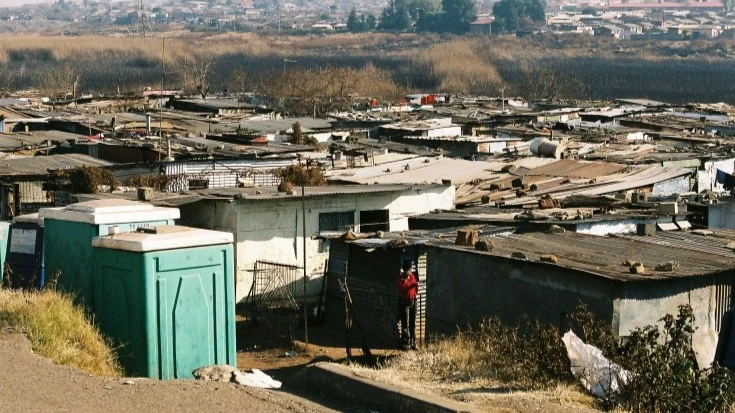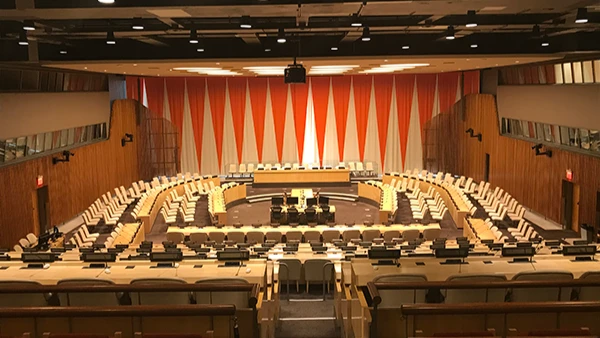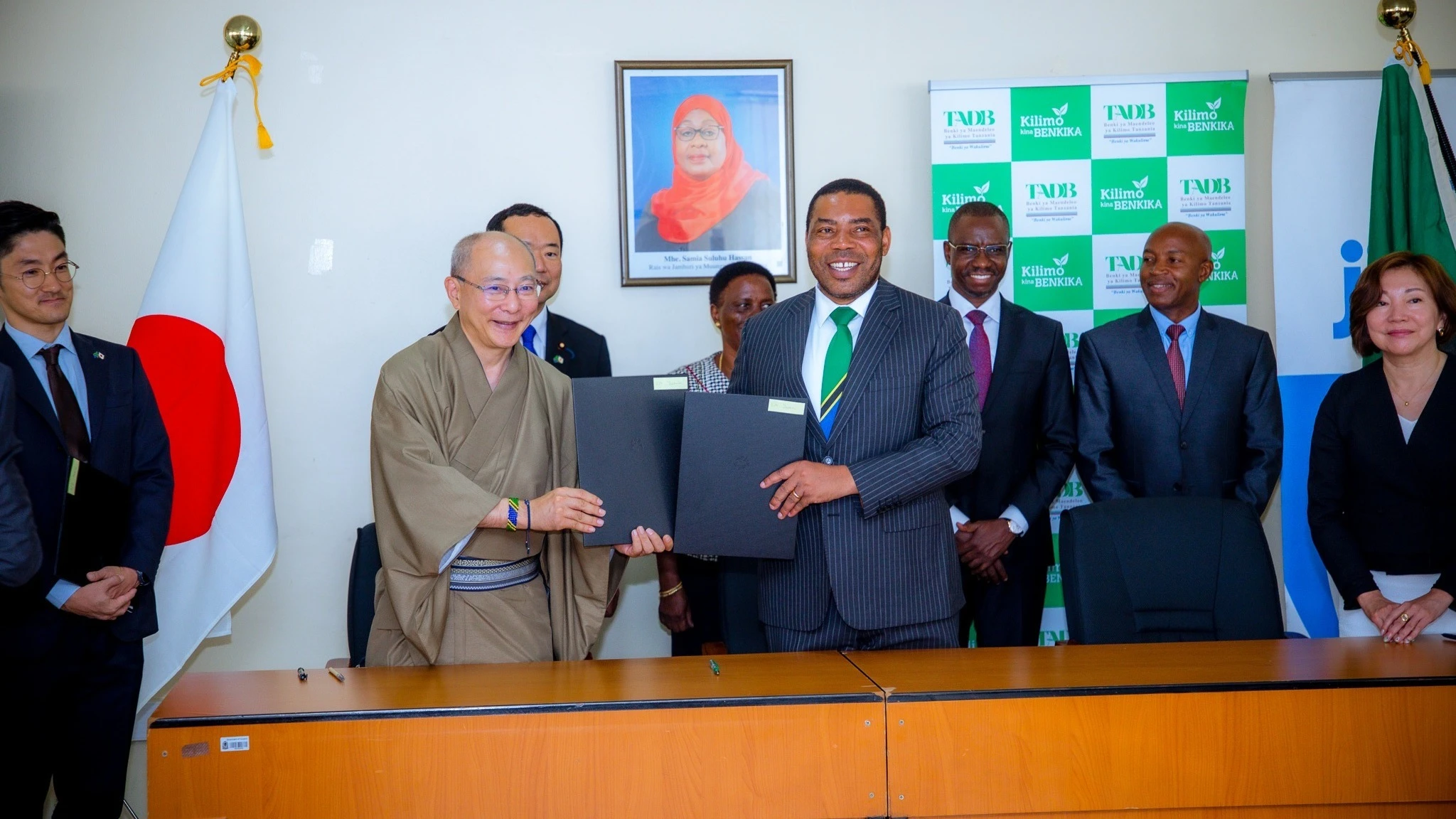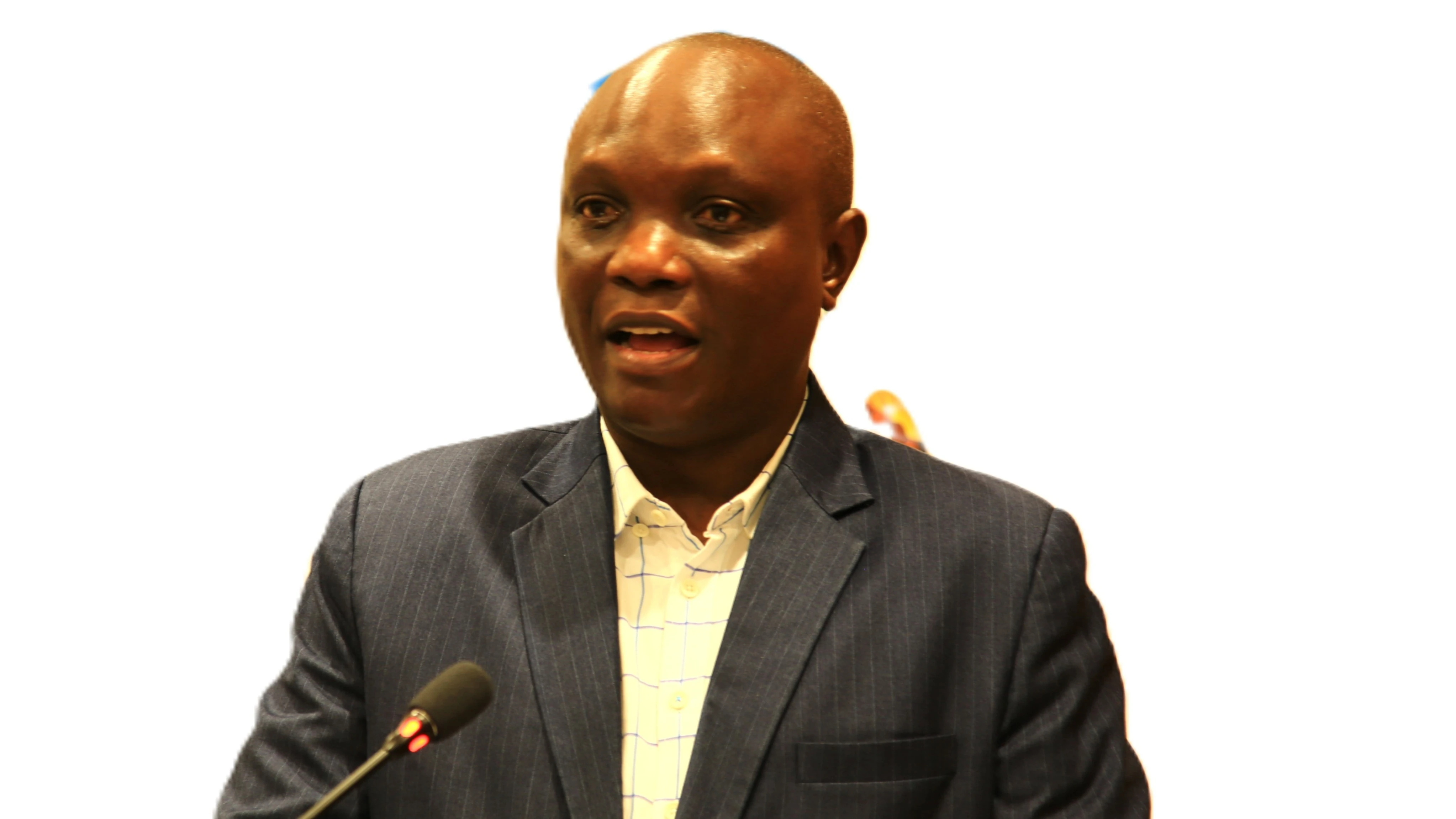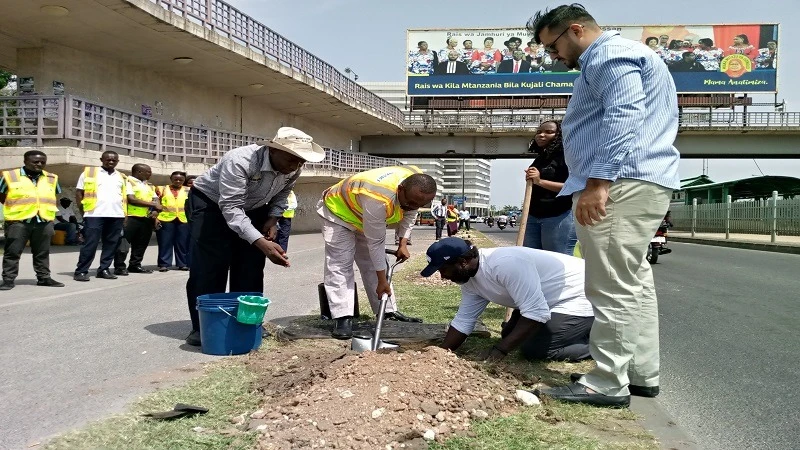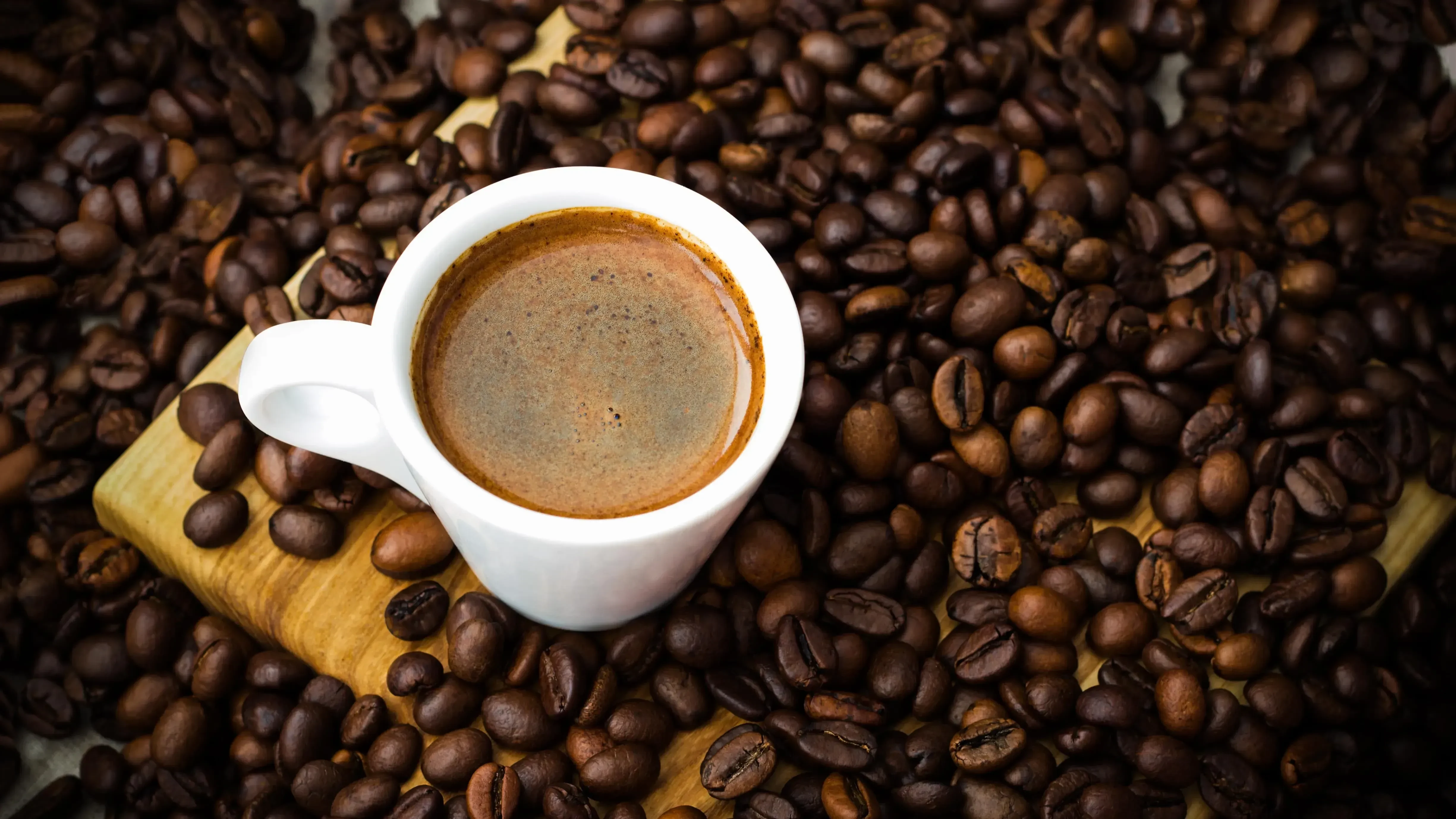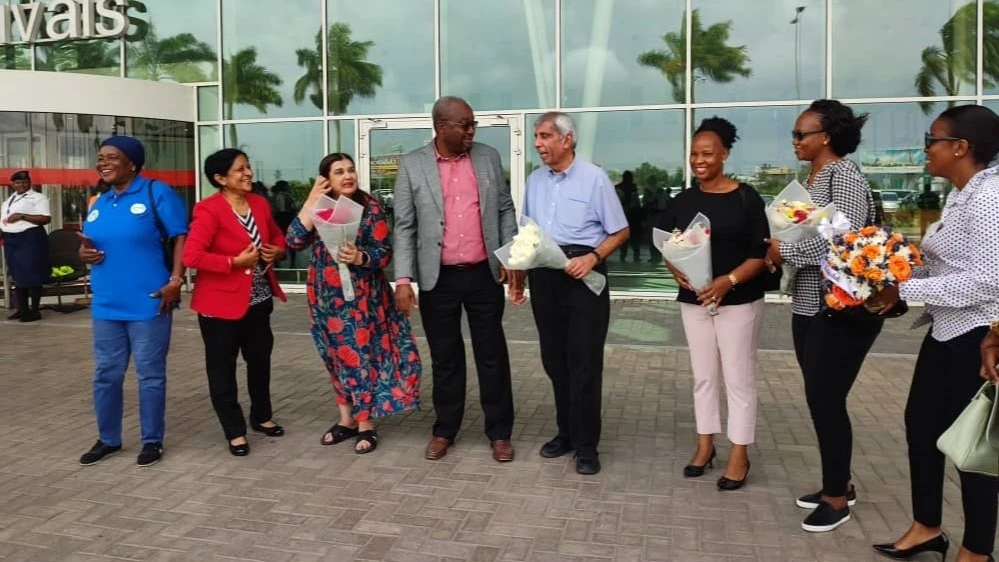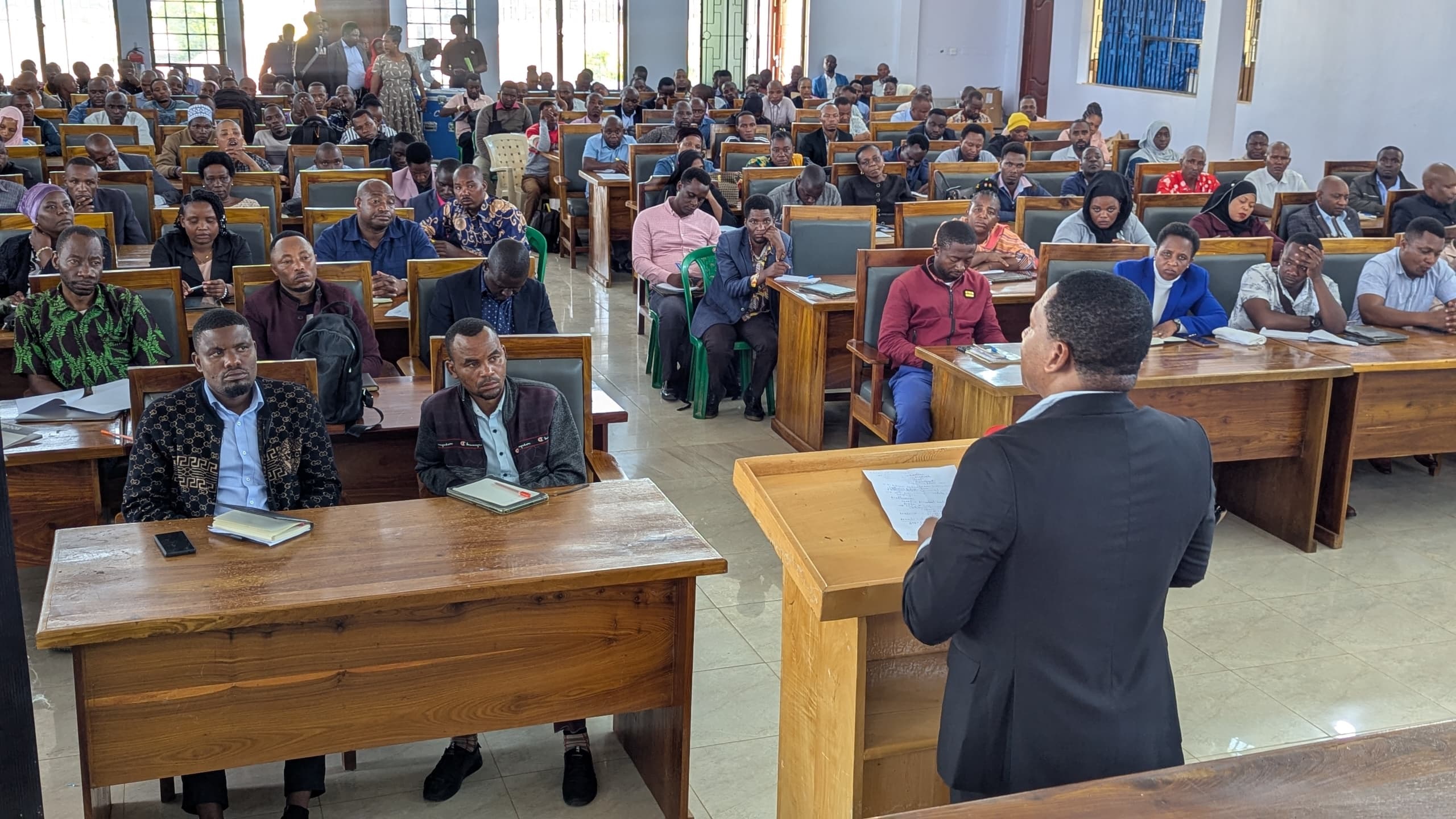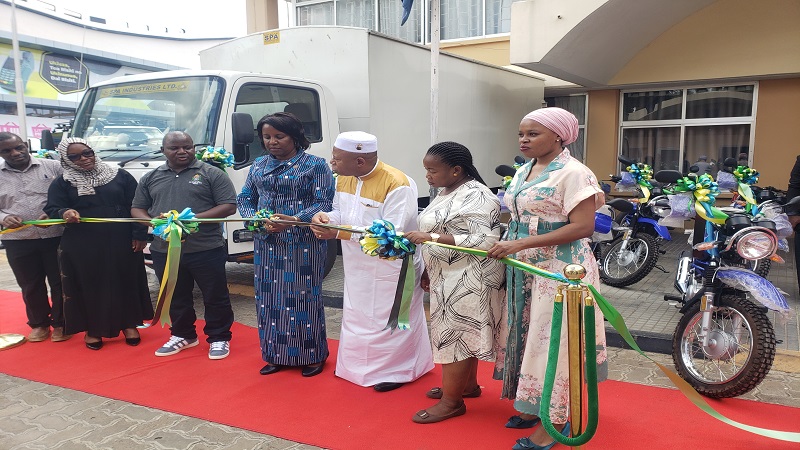Agroforestry offers Thai rubber farmers a pathway to profit and sustainability
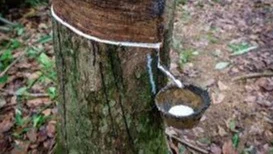
LITTLE by little, the canopy of branches and interlocking leaves closes overhead as our vehicle rollicks deeper into the plantation. Pakamart Tongkam points from the driver’s seat into the stark thicket of rubber trees that now surround us: “When I was a child, I slept out there in a small hut while my mum and dad worked in the plantation through the night.”
Several years later, as an adolescent, Pakamart helped her parents with their daily rubber tapping. The routine was grueling, she tells Mongabay during a visit to Nathawi district in southern Thailand’s Songkhla province, a heartland of rubber production. Rising at 2 a.m., the family would trek through the humid plantation to strip the bark of hundreds of individual rubber trees to collect the milky latex.
Most of all, Pakamart recalls an overriding air of uncertainty: if it rained during the two-hour window of time it took for the latex to drip into the collection bowls, the entire day’s yield would be ruined: “No income for that day,” she says. Relying on a single crop meant such poor harvests were devastating for their livelihood.
But despite the precarious conditions, rubber farming is a major source of income for more than a million smallholder farmers in Thailand, who together produce 90 percent of the country’s sizeable annual yields of natural rubber.
Rubber has historically been a major driver of deforestation across Southeast Asia. And with recent studies showing that at least 2 million hectares (5 million acres) of forest have been lost to the crop since 2000, it ranks high on the global list of commodities most responsible for forest loss, behind beef, soy and palm oil.
Thailand produced more than 4.7 million metric tons of natural rubber in 2022, accounting for one-third of global supplies and making it by far the world’s largest rubber producer. Yet the small-scale farmers who drive this gargantuan industry are grappling with mounting challenges ranging from crop diseases and soil erosion to unstable market prices, plus the impacts of climate change. As a result, many struggle to make ends meet, and often carry significant debt.
“These days, farmers cannot get enough income to care for their families from latex alone,” Pakamart says. “Weather patterns are shifting. Last year, rubber farmers could tap only about 100 days out of 365 days in the year.”
Agroforestry gaining momentum
Much of Thailand’s lowland tropical forests were cleared decades ago to make way for the booming rubber industry. Deforestation peaked in the 1990s as commercial rubber monoculture plantations and their associated road networks sprang up, driven largely by policies at the time that incentivized the practice. The landscape of the southern provinces, where the warm, humid climate is favorable for growing rubber trees (Hevea brasiliensis), were dramatically transformed from a natural forest to a patchwork of plantations.
Alongside the highway between Hat Yai city and rural Nathawi district, the legacy of deforestation is plain to see. Regiments of rubber trees file relentlessly past the car window. Within, the plantations look dark and sterile, mostly devoid of understory vegetation due to the high use of agrochemicals. The small pockets of natural forest that remain typically cling to hillside slopes that are too steep to cultivate, or else hang on within the obscure confines of state-managed military land.
The economic inequities and ecological devastation of the rubber industry are not lost on Pakamart. Following her stint in her parents’ plantation, she earned a science degree at Prince of Songkhla University and is now managing farmer training programs at the Rubber Agroforestry Sustainability Foundation (RASF), an enterprise set up in 2021 to promote rubber farms’ sustainability and resilience through agroforestry.
Agroforestry combines useful trees with shrubs, annual crops and herbs in a system where they can benefit from their close association to produce food, fiber, timber and medicine while supporting biodiversity, building soil and water levels, and sequestering carbon from the atmosphere.
Recently, Thailand’s agroforestry movement received a big boost when the Global Platform for Sustainable Natural Rubber (GPSNR), an industry association that aims to develop a sustainable rubber supply chain, announced funding to train 1,000 farmers based in southern Thailand in the environmentally friendlier farming practice by 2025. The GPSNR agroforestry initiative, funded by tire manufacturer Michelin and carmaker Renault as part of their sustainability portfolios, has been running since 2022.
RASF is leading the effort to roll out the training events under the initiative across six provinces. Alongside technical advice, Pakamart and her colleagues are linking farmers with sources of native timber seedlings from the government’s forestry department, and are hosting trainings to raise awareness of which crops to co-plant and what standards farmers will need to meet to sell their product to the more profitable sustainable rubber market.
‘Bring the forest to the farms’
A major challenge facing RASF and other similar initiatives in Thailand is convincing farmers who have long practiced monoculture farming to change their approach, because timeworn beliefs can run deep. RASF works with roughly 270 small-scale farmers in southern Thailand, many of whom previously thought agroforestry would harm their latex yields, for instance.
Sara has worked alongside rubber agroforestry farmers for several decades to compare agroforestry and monoculture outcomes. Variously looking at the soil community and composition, nutrient turnover rates, carbon sequestration, and the diversity of bats and birds, he has found that even relatively simple intercropping systems resulted in improved outcomes. “We have more and more research evidence, and we can use this to inform farmers,” he says.
Crucially, he’s found that latex yields don’t suffer in agroforestry systems. And in some cases, agroforestry yields can outstrip that of monoculture, with trees remaining productive for longer. While a monoculture rubber farm will become unproductive and have to be clear-cut and replanted after about 20 years, Sara has seen 40-year-old agroforestry plots continue to produce ample quantities of latex. Thus, even though there are fewer rubber trees in an agroforestry plot compared to monoculture — to make space for a diversity of other crops — rubber tree longevity is higher, and productivity per tree in such systems is typically about the same as those in monocultures, or even higher.
Sara estimates that about 50 percent of the previously exploited area of Kho Hong Hill is now in recovery as a result of the action of the farmers and the conservation group, who continue to work together with the support of RASF, which grew out of the work of the researchers on Kho Hong Hill.
Tangible farming gains
Sujittra Tongpradab, 56, manages one of the agroforestry plots on Kho Hong Hill. She’s farmed rubber for 41 years, a skill she learned from her parents and that has passed from generation to generation in her family. She chose to switch to agroforestry from her heritage of monoculture rubber 11 years ago, and hasn’t looked back. In particular, she values the year-round availability of produce.
When the rubber latex can’t be harvested during the three months of the wet season, she instead harvests fruits, bamboo shoots, and a herb called pak riang, a key ingredient in local coconut-based curries. “The market to sell fruits, herbs and vegetables is always open, all year round,” Sujittra tells Mongabay. “We can always rely on this other productivity.”
While rubber trees form the basis of her agroforestry system — the latex from which accounts for roughly 80 percent of Sujittra’s monthly income — she intercrops high-value timber and fruit trees within the rubber tree canopy. Stately ironwood, phayom and agarwood trees stand alongside mature coconut palms and fruit trees like santol, mangosteen and limeberry.
Agroforestry’s premium price
While Suttjira attributes her consistent income in part to the diversity of year-round produce in her agroforestry plots, she also acknowledges the importance of being able to sell her latex for a better price. Besides providing farmers with access to technical knowledge and supporting their diversified farming practices, a crucial part of the RASF program also facilitates access to premium-priced latex markets.
To do this, RASF linked up with a dedicated processing plant in Phattalung province called Paratex, which offers a bonus of 4 baht per kilo (11 cents/kg, or 5 cents/lb) to farmers growing rubber in sustainable agroforestry systems. By exclusively processing agroforestry-produced latex, Paratex ensures there’s no mixing with latex grown in monocultures. An important end buyer of the agroforestry latex is a condom manufacturing facility in Malaysia operated by Germany-based Richter Rubber Technology (RRT).
Policy can drive adoption
Given the mounting evidence demonstrating that agroforestry rubber is much better for both people and planet than monoculture systems, the natural rubber supply chain is increasingly engaging with it as a way to earn green credentials. While this is a broadly positive and welcome move, experts say it’s important to note that rubber agroforestry systems haven’t been found to support as much biodiversity as undisturbed natural forests.
“Although there is more biodiversity in clonal-based rubber agroforestry systems compared to monoculture systems, it is still very far from that of natural forests,” says Eric Penot from the French Agricultural Research Center for International Development (CIRAD), “but agroforestry rubber is better than nothing.” Penot adds that at a landscape scale, networks of agroforests could to some extent provide wildlife-friendly corridors between fragmented patches of natural forest.
Traditional “jungle rubber” systems — the practice of planting rubber trees within regenerating patches of secondary forest, often as part of slash-and-burn agriculture — support higher levels of biodiversity, according to Penot, and were historically much more prevalent in Thailand. However, government policies that incentivized monoculture cultivation led to their demise several decades ago, he says.
Diversification for the future
Back in Nathawi district, Pakamart checks in with Takon Phutseekaeo, 62, a farmer who attended one of the GPSNR-funded agroforestry trainings in December. After having farmed rubber in a monoculture for 35 years, following the event he planted 30 timber tree seedlings among his rubber trees. He’s also growing stink beans, jackfruit, pineapples, bananas and bamboo, and says he’ll add shade-tolerant robusta coffee to the mix in the future.
Takon says he chose to diversify the types of crops he cultivates due to a recent dip in latex yields from leaf-drop disease, an increasingly prevalent rubber pathogen in southern Thailand. The opportunity to join a group of like-minded farmers doing something positive for the environment and society is also important for him, he says.
Even if markets shift and rubber generally becomes more profitable, Takon says he wouldn’t switch back to monoculture. His instincts from decades of engagement with the rubber market tell him that prices are volatile: if the rubber price goes up and everyone floods the market, the price will crash. “I don’t want to rely only on rubber,” he says.
By Carolyn Cowan
Top Headlines
© 2025 IPPMEDIA.COM. ALL RIGHTS RESERVED


